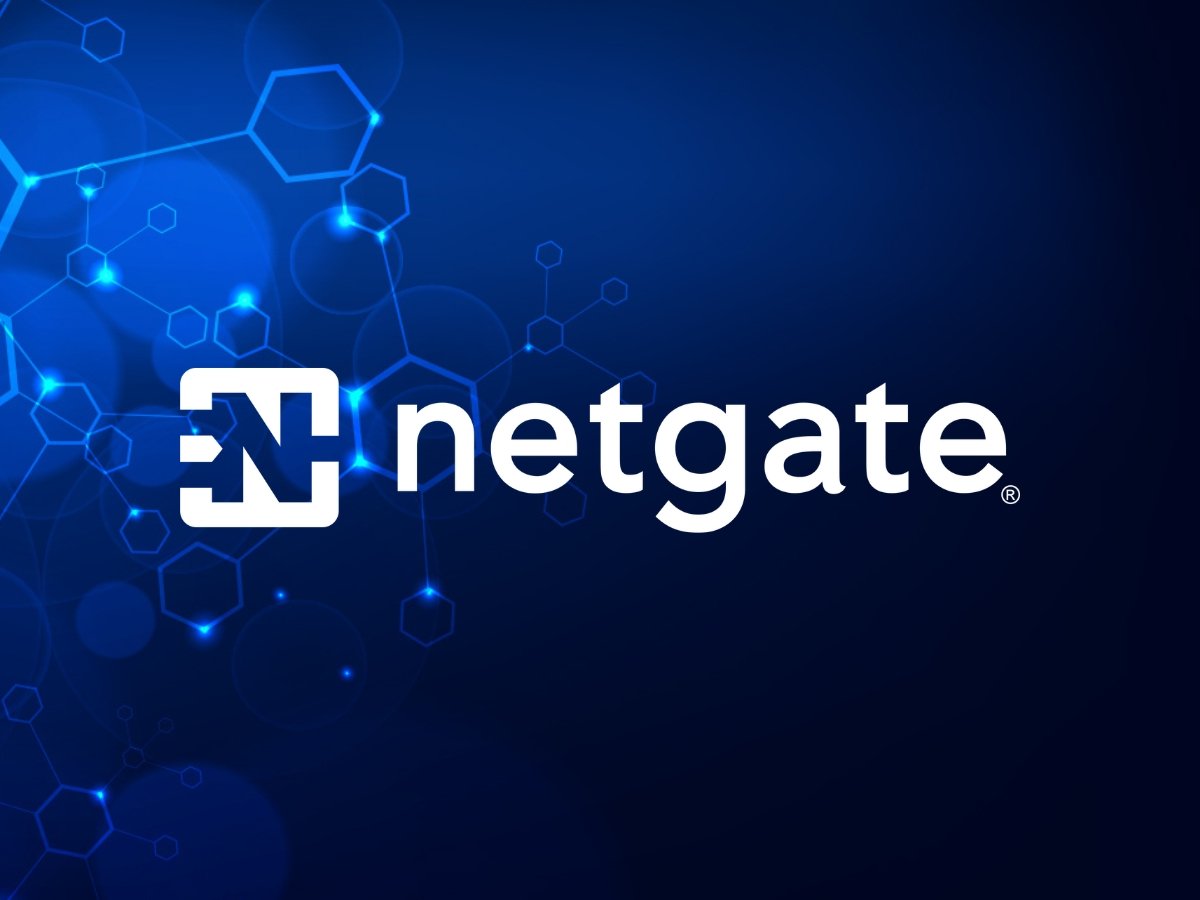- 3 Posts
- 20 Comments

Another piece of the puzzle is probably your WiFi router, as you normally won’t get speeds near 1Gbps over WiFi. In order to benefit maximally from it, you need to connect your devices (laptops, stationary PC, TV, etc.) with a cable to get the most of it.
You should also try to disable some pfSense plugins, like OpenVPN, zenArmor, etc. as they will severely limit your bandwidth throughput. But as others said, most likely you will also need to upgrade your hardware box, and you can migrate to OPNsense while at it.

The reality is that you won’t learn much just by reading, you need to try to debug stuff and eventually work in the area to truly learn.
But I am sure there are plenty of tutorials and video courses in various platforms where you can learn a bit on the topic. Coursera might be a good place to start as you can enroll for free to those courses if I am not wrong.
https://www.baeldung.com/linux/network-speed-testing try some of the options offered here.
You can also try rsync/rclone too and see how they perform.
- @filister@lemmy.world to
 English
English - •
- 1Y
- •
You stated that you are a Dev yourself, but then I was expecting that you should have tried to check their API and make the calls with curl, Postman, Insomnia or whatever, but apparently you never tried.
Perhaps the problem was in the third party plugin you were using from the beginning and they cannot really be responsible for that.
I am pretty sure they have monitoring on their API backend and can spot a problem, as I seriously doubt that if the problem was with their API you would be the only one experiencing those problems.
- @filister@lemmy.world to
 English
English - •
- 1Y
- •

Most likely you are under CGNAT, so your best bet is Tailscale, Wireguard, CloudFlare Tunnel or Zero Tier. Pick your poison.